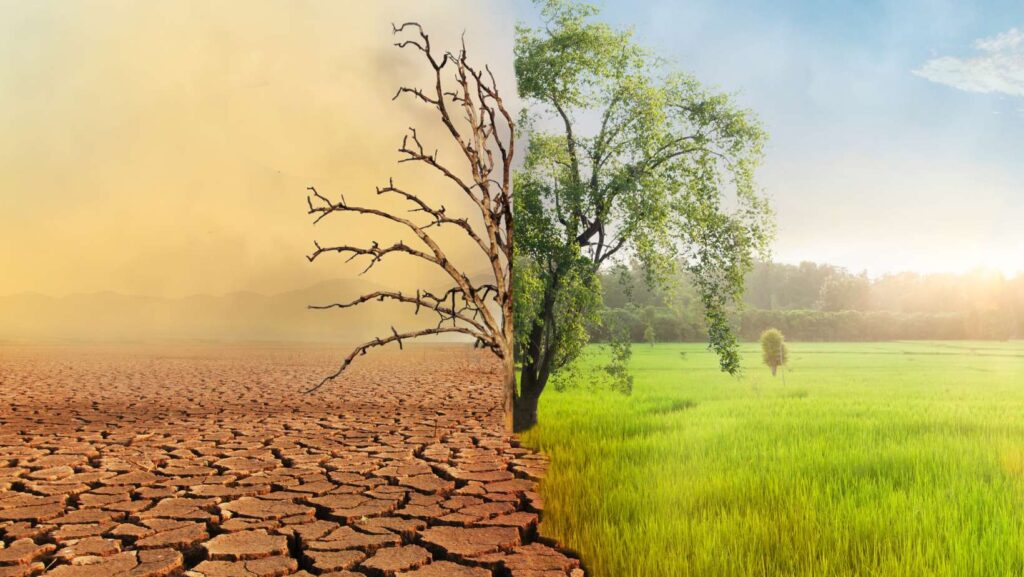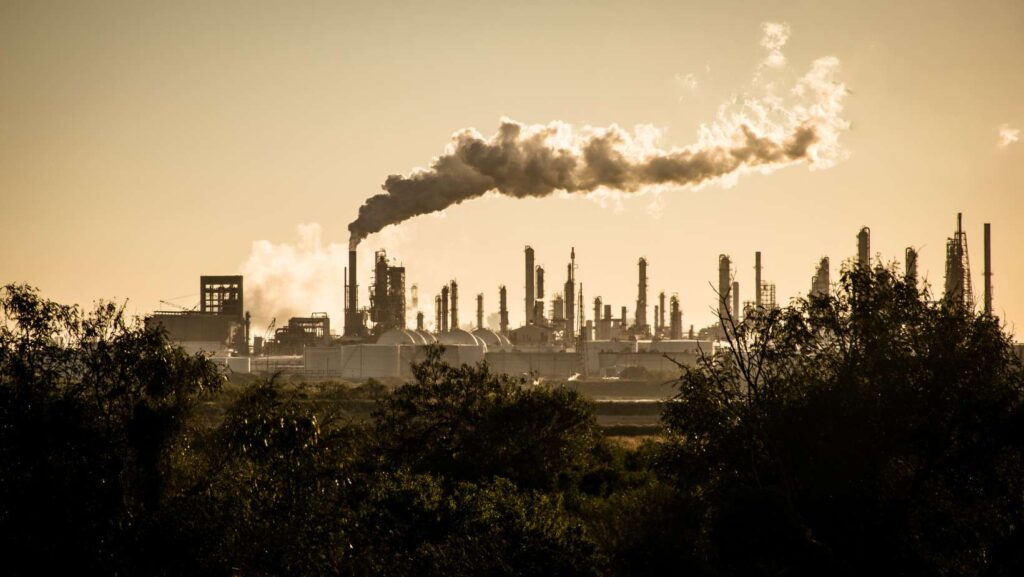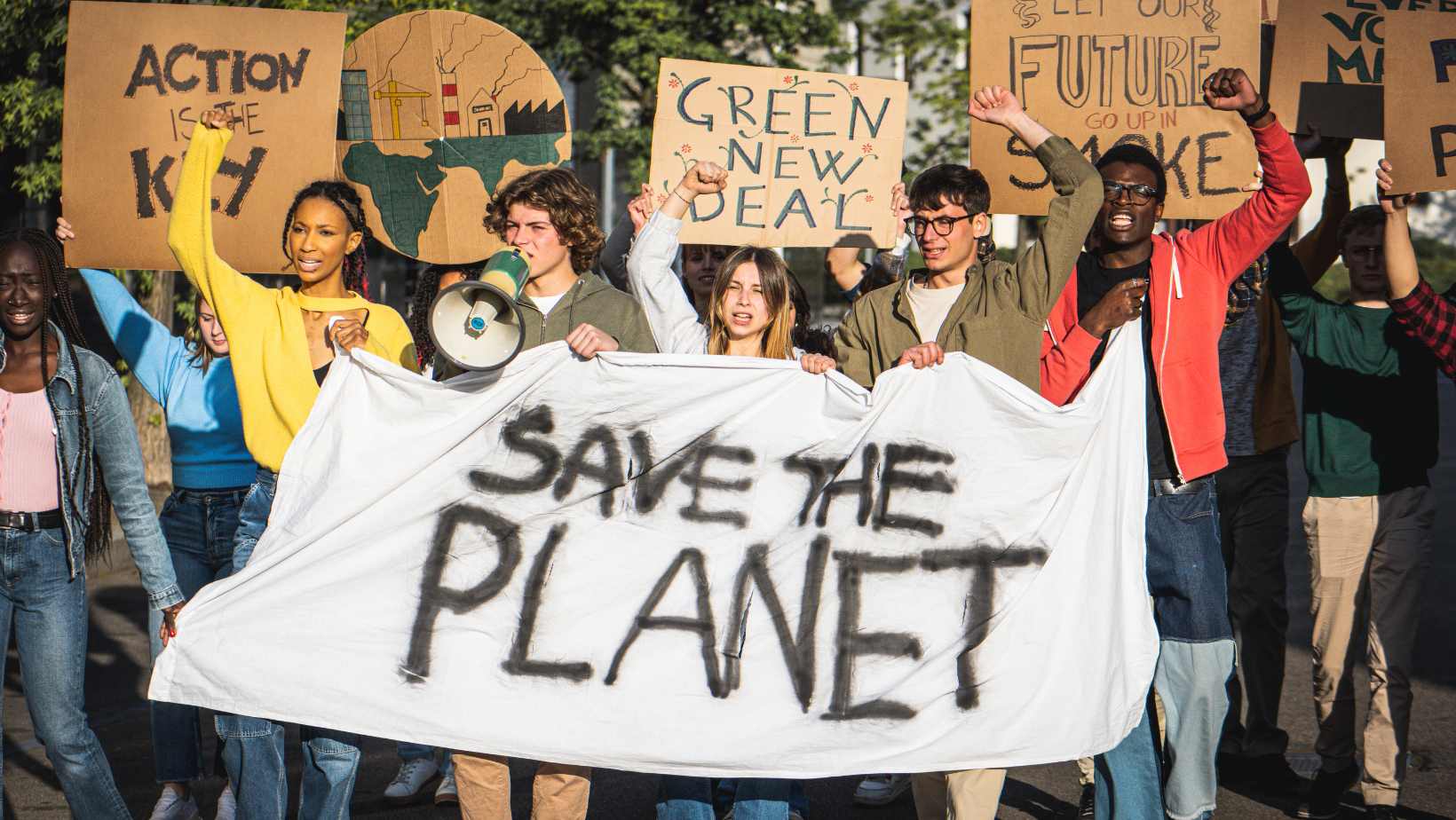Climate change has become one of the most pressing issues of our time, with far-reaching consequences that extend beyond environmental degradation. One of the significant repercussions is the displacement of populations, particularly in vulnerable regions like Africa. The nexus between climate change and migration presents a complex web of challenges, often exacerbating existing socio-economic inequalities and straining resources. Understanding the dynamics of climate-induced migration is crucial in formulating effective policies to address the needs of affected communities.
Migration Problems
Migration in the context of climate change presents a myriad of challenges that extend far beyond the mere act of relocation. The intricate interplay between environmental degradation and human mobility amplifies existing vulnerabilities, exacerbating socio-economic disparities and straining already limited resources.
The gradual onset or abrupt escalation of environmental changes, ranging from rising sea levels to prolonged droughts, catastrophic floods, and encroaching desertification, compels communities to abandon their homes in search of safer and more sustainable living conditions. In coastal regions, the encroachment of rising sea levels threatens livelihoods and renders entire communities uninhabitable, forcing residents to seek refuge inland or in neighboring countries. Conversely, regions grappling with recurrent droughts face dwindling water resources and dwindling agricultural productivity, compelling residents to migrate in search of alternative means of subsistence.
These movements of people, often referred to as “climate migration” or “environmental migration,” can exert immense pressure on destination areas, straining infrastructure, services, and natural resources. Competition over scarce resources, such as land and water, can escalate into conflicts, exacerbating tensions and destabilizing communities already grappling with the impacts of climate change.
In regions experiencing rapid urbanization, influxes of climate migrants can further exacerbate existing challenges, overwhelming already overstretched urban infrastructure and exacerbating social tensions. Informal settlements, lacking basic services and infrastructure, often become the only option for displaced populations, exacerbating issues of poverty and inequality.
Moreover, the displacement of communities due to climate change can have far-reaching consequences for cultural identity, social cohesion, and traditional livelihoods. Indigenous communities, in particular, often have deep ties to their land and face significant challenges in adapting to new environments, leading to the loss of cultural heritage and traditional knowledge.

The Great Climate Migration
“The Great Climate Migration” represents an unprecedented wave of human movement triggered by the adverse impacts of climate change. This term underscores the sheer scale and urgency of the phenomenon, as vast numbers of individuals and entire communities are compelled to abandon their homes in search of safety and sustenance. The drivers behind this migration are manifold, encompassing a range of environmental factors exacerbated by global warming and human-induced ecological disruptions.
In the context of Africa, the continent’s unique blend of diverse ecosystems and socio-economic vulnerabilities renders it especially prone to the impacts of climate change. From the arid expanses of the Sahel to the lush equatorial forests, African nations face a myriad of environmental challenges, including droughts, desertification, erratic rainfall patterns, sea-level rise, and extreme weather events.
These environmental stressors have profound implications for local populations, particularly those reliant on agriculture, fishing, and pastoralism for their livelihoods. Subsistence farmers find their crops failing due to shifting rainfall patterns and prolonged droughts, while coastal communities are increasingly threatened by the encroachment of rising sea levels and storm surges. As natural resources become increasingly scarce and unpredictable, the resilience of communities is stretched to its limits, forcing many to contemplate migration as a means of survival.
The consequences of the Great Climate Migration are far-reaching and multifaceted. Displaced individuals and communities face a multitude of challenges, including loss of livelihoods, food insecurity, inadequate housing, and limited access to basic services such as healthcare and education. Moreover, the strain placed on destination areas can exacerbate existing social tensions and resource conflicts, further destabilizing fragile communities.
In response to the Great Climate Migration, governments, NGOs, and international organizations are increasingly recognizing the need for coordinated action to address the root causes and consequences of climate-induced displacement. This includes efforts to reduce greenhouse gas emissions, strengthen adaptation and resilience measures in vulnerable communities, and improve governance frameworks for managing migration flows. Additionally, there is growing recognition of the need to prioritize the needs and rights of displaced populations, including measures to ensure their access to protection, assistance, and opportunities for dignified resettlement.

Environmental Migrants
Environmental migrants, also known as climate migrants, are individuals or communities compelled to abandon their homes due to environmental disruptions, primarily driven by climate change. Unlike refugees fleeing persecution or conflict, environmental migrants are forced to relocate due to deteriorating living conditions caused by environmental degradation.
These migrants face a multitude of challenges, including legal uncertainties and inadequate protection. Unlike refugees, they may not qualify for formal refugee status under international law, leaving them in a precarious position with limited access to legal rights and protections. Furthermore, the absence of a clear legal framework for environmental migration exacerbates their vulnerability and impedes their ability to access essential services and resettlement opportunities.
The plight of environmental migrants underscores the urgent need for comprehensive measures to address the intersecting challenges of climate change, displacement, and migration. This includes developing legal frameworks to protect the rights of environmental migrants, enhancing international cooperation on migration governance, and providing support for affected communities to build resilience and adapt to environmental changes. Additionally, efforts to mitigate greenhouse gas emissions and address the root causes of climate change are crucial in preventing further displacement and ensuring the well-being of vulnerable populations.
Migration and Adaptation to Climate Change
Migration serves as a multifaceted response to the challenges posed by climate change, acting both as a coping mechanism and an adaptation strategy for affected communities. As environmental conditions deteriorate, individuals and communities may choose to relocate to areas less susceptible to climate-related hazards or adopt new livelihood strategies to mitigate the impacts of changing climatic conditions.
Communities facing the escalating threat of climate change often find themselves confronted with dwindling natural resources, declining agricultural productivity, and increased vulnerability to extreme weather events. In response, migration emerges as a viable strategy for escaping immediate environmental risks and securing alternative means of sustenance. By relocating to areas less prone to droughts, floods, or other hazards, communities can reduce their exposure to climate-related risks and safeguard their livelihoods.
Additionally, migration serves as an adaptation strategy, allowing communities to diversify their sources of income and livelihoods in response to changing environmental conditions. For example, farmers may transition from rain-fed agriculture to alternative livelihoods such as fishing, livestock rearing, or non-agricultural employment in urban centers. By diversifying their economic activities, communities can reduce their reliance on climate-sensitive sectors and enhance their resilience to environmental shocks.
However, migration as an adaptation strategy is not without its challenges. Displaced populations may face barriers to integration in destination areas, including limited access to land, employment, and social services. Moreover, migration can exacerbate existing inequalities and tensions in host communities, particularly when resources are scarce and competition for jobs and resources intensifies.
To maximize the potential benefits of migration as an adaptation strategy, policymakers must adopt a holistic approach that addresses the underlying drivers of climate-induced migration and promotes inclusive and sustainable development. This includes investing in infrastructure and livelihood opportunities in both sending and receiving areas, strengthening social safety nets to support vulnerable populations, and fostering inclusive governance mechanisms that ensure the participation of affected communities in decision-making processes.
Furthermore, efforts to address climate-induced migration must be grounded in principles of climate justice and equity, ensuring that the needs and rights of displaced populations are prioritized and protected. By adopting a proactive and inclusive approach to migration management, policymakers can harness the potential of migration as a tool for adaptation and resilience-building in the face of climate change.

Climate Equity
Climate equity, also known as climate justice, encompasses the fair allocation of both the advantages and drawbacks associated with initiatives aimed at mitigating and adapting to climate change. It underscores the imperative of attending to the requirements of marginalized groups, including those uprooted by climate-related phenomena, while advocating for fairness in worldwide climate endeavors.
At its core, climate equity emphasizes the principle of fairness in distributing the benefits and costs of climate action. This entails acknowledging historical and contemporary disparities in greenhouse gas emissions and vulnerability to climate impacts. Vulnerable populations, such as low-income communities, indigenous peoples, and small island nations, often bear a disproportionate burden of the adverse effects of climate change, despite contributing minimally to its causes. Thus, climate equity advocates for policies and measures that prioritize the needs and rights of these marginalized groups, ensuring their inclusion in decision-making processes and access to resources and support.
Central to the concept of climate equity is the recognition of the interconnectedness of environmental, social, and economic factors. Addressing climate change requires not only reducing greenhouse gas emissions but also addressing underlying inequalities and vulnerabilities that exacerbate climate risks. This includes investing in sustainable development initiatives, enhancing resilience to climate impacts, and supporting adaptation efforts in vulnerable communities.
Moreover, climate equity emphasizes the importance of fostering solidarity and cooperation on a global scale. As climate change is a collective challenge that transcends national boundaries, efforts to address it must be guided by principles of fairness and shared responsibility. This includes supporting developing countries in their efforts to transition to low-carbon economies, providing financial and technical assistance to vulnerable communities, and honoring commitments to international climate agreements.
By prioritizing climate equity in climate action, policymakers can ensure that the benefits of mitigation and adaptation efforts are equitably distributed and that the rights and needs of marginalized populations are upheld. This requires a holistic approach that integrates social justice, environmental sustainability, and economic prosperity into climate policy and decision-making processes. Ultimately, achieving climate equity is essential for building a more just and resilient world in the face of climate change.
Permanent Migration Crisis
The escalating frequency and severity of climate-related disasters are precipitating a perpetual migration crisis in Africa and other susceptible regions. This crisis, driven by the phenomenon of climate migration, encompasses the displacement of individuals and communities forced to flee their homes due to the adverse impacts of climate change. These climate refugees are compelled to seek refuge elsewhere in response to environmental degradation, including rising sea levels, extreme weather events, prolonged droughts, and encroaching desertification.
Migration, intricately intertwined with the environment, serves as both a consequence and a coping mechanism in the face of climate-induced challenges. As environmental conditions deteriorate, communities are increasingly compelled to abandon their traditional habitats in search of more hospitable environments. This phenomenon of climate displacement not only disrupts the lives and livelihoods of affected populations but also exacerbates existing social, economic, and environmental vulnerabilities.
The emergence of a permanent migration crisis underscores the urgency of addressing the root causes of climate change and building resilience in vulnerable communities. Without concerted efforts to mitigate greenhouse gas emissions and adapt to changing climatic conditions, the situation is poised to deteriorate further in the coming decades. In the absence of proactive measures, the displacement of populations due to climate change will continue to escalate, straining resources, exacerbating social tensions, and deepening humanitarian crises.
Addressing the complex challenges posed by climate-induced migration requires a multifaceted approach that integrates environmental, social, and economic considerations. This includes investing in sustainable development initiatives, enhancing disaster preparedness and response mechanisms, and promoting inclusive governance frameworks that prioritize the needs and rights of displaced populations. Additionally, efforts to address climate change must be grounded in principles of climate justice and equity, ensuring that vulnerable communities are not left behind in the transition to a more sustainable future.
By taking decisive action to address the root causes of climate change and build resilience in vulnerable communities, policymakers can help mitigate the impacts of climate-induced migration and pave the way for a more just and sustainable future for all. However, the window of opportunity for action is narrowing, underscoring the need for urgent and ambitious measures to address the escalating challenges posed by climate change and migration.
Climate displacement refers to the forced relocation of populations due to the adverse effects of climate change. It encompasses both temporary displacements, such as evacuation during extreme weather events, and permanent relocations due to long-term environmental changes.

